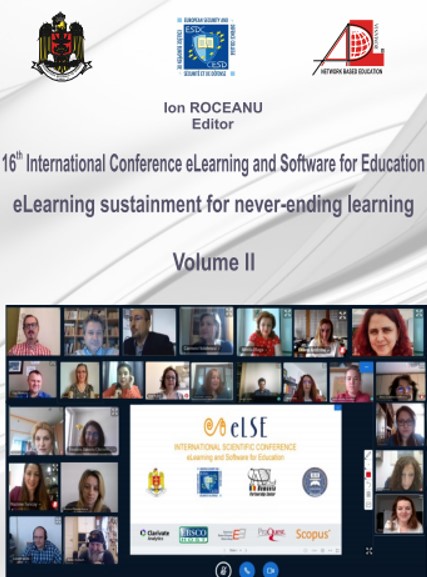PORTING JERRYSCRIPT TO NXP RAPID PROTOTYPING KIT
PORTING JERRYSCRIPT TO NXP RAPID PROTOTYPING KIT
Author(s): Ioana CULIC, Alexandru Radovici, Liviu Moraru, Cosmin Gabriel Radu, Jan-Alexandru VĂDUVASubject(s): School education, Higher Education , ICT Information and Communications Technologies, Distance learning / e-learning, Pedagogy
Published by: Carol I National Defence University Publishing House
Keywords: JerryScript; JavaScript; IoT;
Summary/Abstract: During the last couple of years, as the Internet of Things (IoT) field has gained a lot of popularity, various IoT classes have been introduced in both high-schools’ and universities’ curricula. Due to its accelerated growth, the IoT market is thriving in hardware devices designed to be integrated into various projects, from prototyping to industrial purposes. However, despite a large number of available devices, IoT education still centers around the Arduino and the Raspberry Pi, while other platforms are hardly used in classes. This is because most embedded devices come with complex and challenging to use programming platforms and languages. This makes it difficult for people who have little programming experience to control these devices, leaving the educational market reduced to a small number of accessible hardware platforms. The purpose of this paper is to adapt an industrial-grade hardware platform, the NXP Rapid Prototyping Kit, to educational needs. Off-the-shelf, the device can be programmed using the C language in a professional IDE, designed for industrial use. However, the Rapid Prototyping Kit can make as a great educational tool as it is a user-friendly device that has several sensors and a display integrated, requiring little hardware knowledge. Our contribution consists of adapting the device to be compatible with an open-source, educational IDE (Wyliodrin STUDIO), and porting a JavaScript engine so students can use this as a programming language. This leads to an increasing number of possibilities, allowing us also to support visual programming languages. The result is that a device that has the hardware characteristics of a platform suited to education but which lacks accessible programming tools was adapted from the software point of view so students can easily control and program it.
Journal: Conference proceedings of »eLearning and Software for Education« (eLSE)
- Issue Year: 16/2020
- Issue No: 02
- Page Range: 107-113
- Page Count: 7
- Language: English

